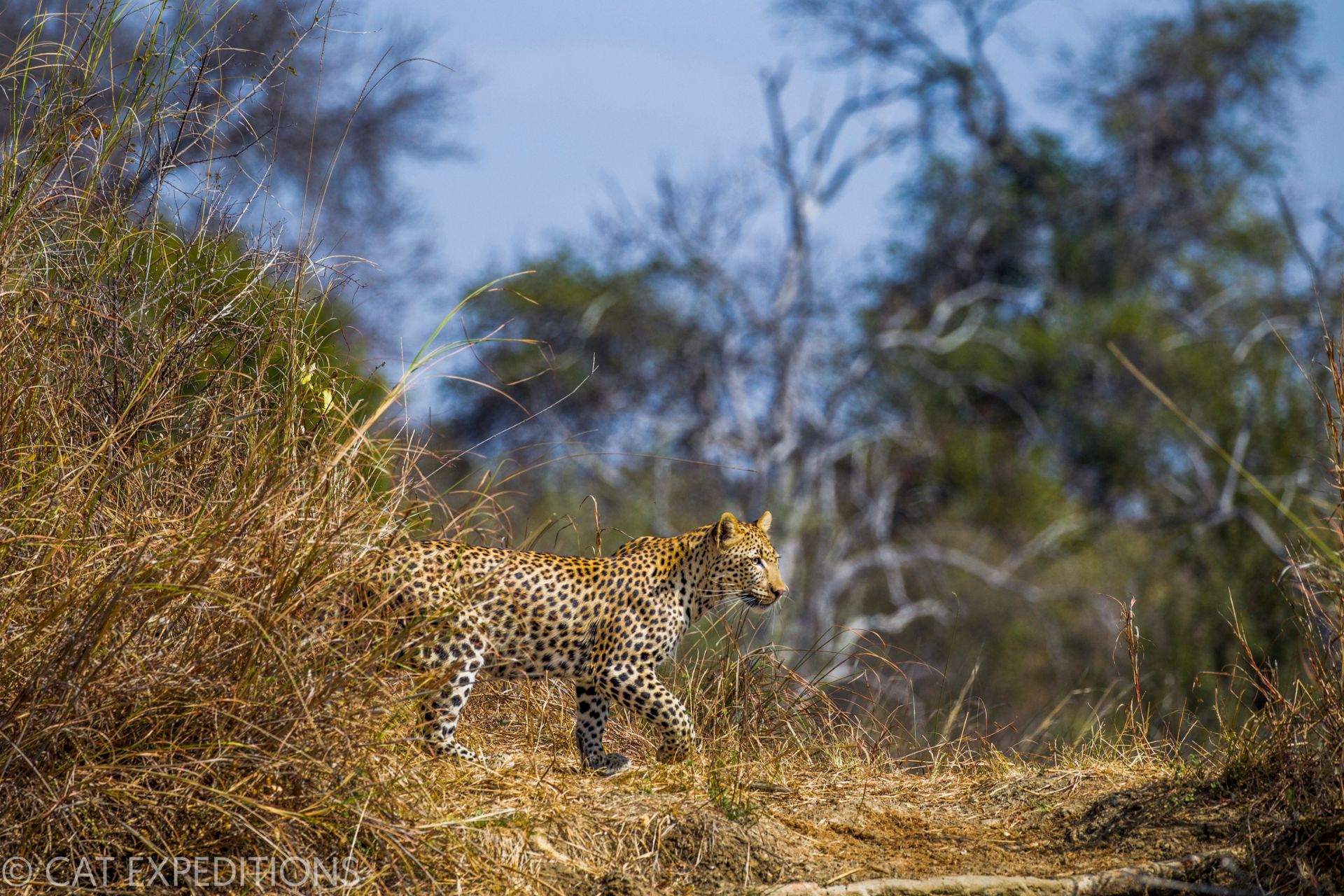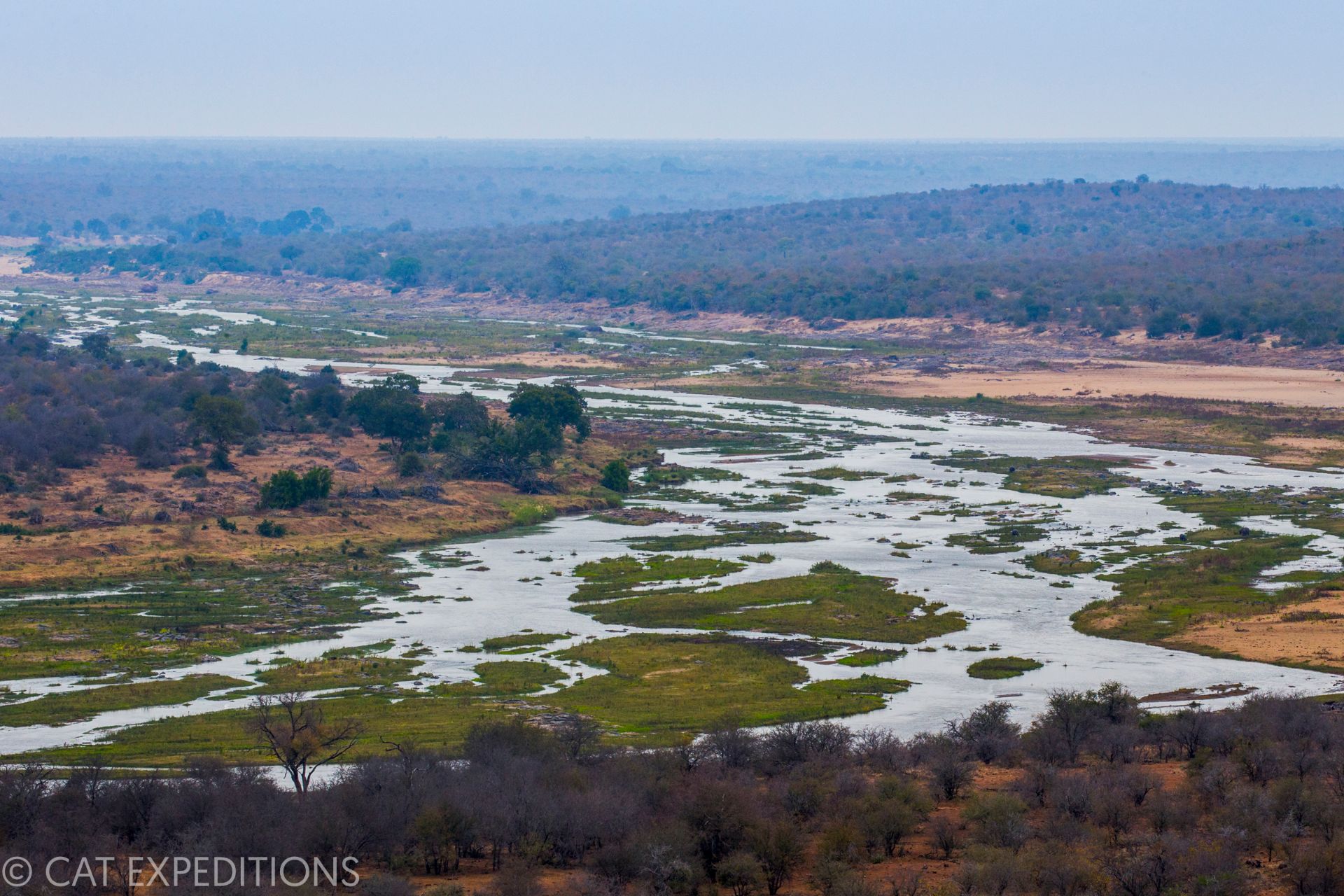Leopard
LEOPARD (Panthera pardus)
Leopards are the most wide spread of all the big cats, found from Africa to southeast Asia. They are remarkably adaptable cats, even being found in large cities, where they prey on domestic dogs. They are smart, agile, and athletic. Leopards will readily climb trees, even dragging their prey up into them to feed on their kills undisturbed.
Difficulty: Medium
Leopard Description
Leopards can be highly secretive. You will see them, if they want you to see them.
Leopard Distribution and Habitat
Leopards are often associated with water, which is why they love the Okavango Delta so much.
Leopard Feeding Biology
A female leopard with her prey, that she has carried up into a tree to keep it safe from other predators. A hyena was waiting for scraps to fall down below.
Leopard Social Organization
A female leopard scent-marks a tree with her urine. this can communicate her sexual availability or her territorial boundary



